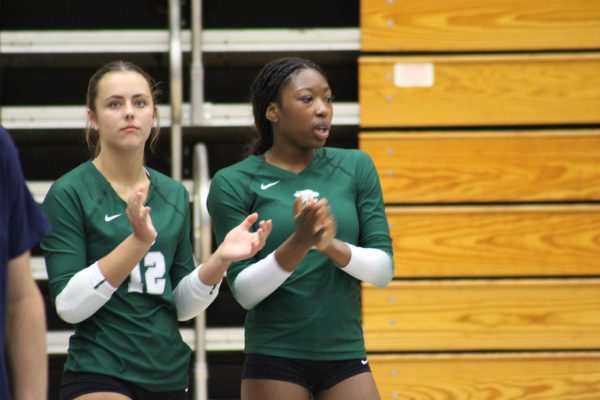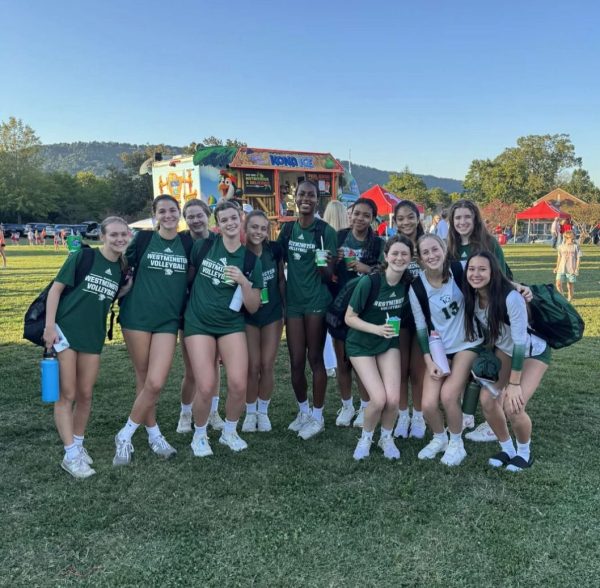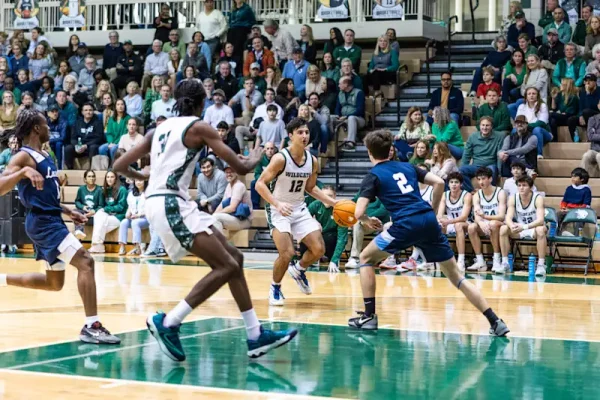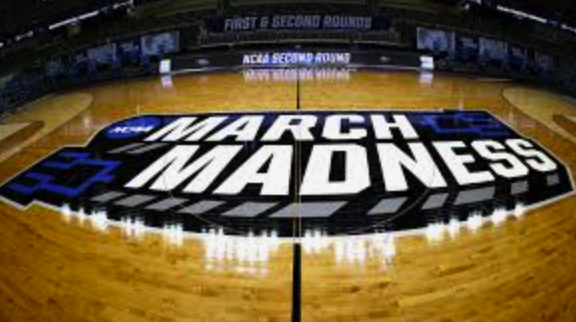A Heads Up about Concussions
Boom! You see your friend take a huge hit on Friday at his football game. The crowd is going crazy, but the training staff runs out to the injured player. What happens now? How long will he be out of the game? Will he be in school next week? Lots of questions rush through the minds of friends, family, and fellow members of the Westminster community.
A concussion is defined as a brain injury that occurs when the brain shakes or rattles inside the skull. Reasons for a concussion include a fall, a hit, or any blow to the head. Concussions can cause permanent damage and require proper treatment.
Fortunately for concussion victims at Westminster, Dr. Moore, upper school science teacher, and the training staff in Turner, have developed the ever-changing protocol for helping students return to class after a concussion. With the help of Ellie Hansen, senior trainer, the training staff has it all under control.
After treating 113 concussions in grades six through twelve last year, the concussion team has lots of practice diagnosing the injury and ultimately reacclimatizing students to the classroom. This is not to say that the process in not challenging.
“It’s a little bit different for every student,” Moore says, “because every concussion is different.”
Despite the variation of concussions, there is one important protocol that should be followed by all students diagnosed with a concussion. After a teammate, opponent, or ref notices the possibility of a concussion, the injured player must come off the field or court to get tested.
The most accurate reading of brain functions comes soon after the trauma occurs. There is a baseline tester available on campus or on the sidelines for most sporting events. A baseline tester is a student who doesn’t play a contact sport, like Hansen. These student testers will take the same concussion test that the player takes. Comparison of cognitive abilities among students speeds up the process of diagnosing a concussion.
“This test involves a balance test, a memory test, and a reaction test,” says Hansen. “(These tests) test different sides of your brain.”
Because each type of test examines a different skill, it is easy to see where the problem is, if there is one.
This year, the team has had access to new technology. “They’re bringing in this new software that the government has given Emory permission to use,” Hansen says, “and it if works, it will be used all over.”
It is a mystery to most how this new test differs from the old one, but it should give more accurate readings, increasing the ability of the concussion team to detect concussions sooner and with more detail.
The trainers, who are at almost all Westminster sporting events from middle school to varsity, will make a decision if the player needs to be taken out of the game. This is a key step in the concussion process. If a concussion is not diagnosed and the player is sent back into the game or match, they risk reinjuring and worsening the severity of the concussion. If Westminster did not have a great training staff, concussions could happen more and affect students in a greater way.
Once a concussion is diagnosed, the student leaves whatever game they participated in and goes into the stage dubbed “the cave.”
“We ask the students for 48 hours after the first hit to not use screens, to avoid loud noises, and to be in rooms with soft or gentle lighting,” Moore says, ”not to totally isolate themselves, because that wouldn’t be fun, but to really downsize activity.”
At Westminster, it has been shown that when the student gets through “the cave” properly, they can return to school faster. Any Westminster student can testify that missing just a few days of school can be academically detrimental.
Because all concussions are different, it is hard to measure the average time a student is out of school. However, it is normal for students to wait a week or more before going to a full school day after a concussion. For example, Charlie Edmiston, a current freshman, got a concussion when he was in seventh grade.
“It was during exams,” Edmiston says, so I got exempt from exams.”
The immense number of concussions makes it challenging for Moore to make a general concussion protocol. Moore contacts all the teachers of the students who have concussions.
“We (the concussion team) meet every week,” Moore says. “We debrief all of the students who have current concussions.”
This step is essential in understanding the location of each student along the process before returning to school and athletics.
Communication is a key factor in the smoothness of a student’s transition. A grade chair sends emails to the teachers of students with concussions updating them on the student’s progress. This helps the teachers know what the student needs and helps the student reacclimate to school life.
Just like any sport at Westminster, the treatment of concussions requires a good team. The concussion team plays a huge role in getting students back into the classroom in as little time as possible.




